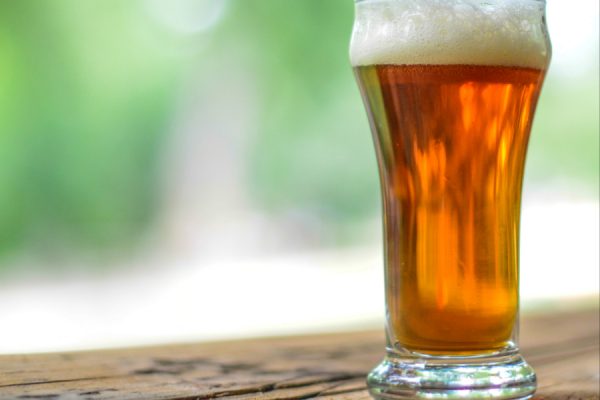
Choco Red Rye Wedding Ale
A step infusion mash is employed to mash the grains. Add 9.5 qt. (9 L) of 140°F (60°C) water to the crushed grain, stir, stabilize, and hold the temperature at 132°F (56°C) for 30 minutes. Add 4.75 qt (4.5 L)…
Peruse pairings, learn how to make beer, cider, mead, kombucha, and other alternative fermentations, get DIY tutorials, and much more in our archives.

A step infusion mash is employed to mash the grains. Add 9.5 qt. (9 L) of 140°F (60°C) water to the crushed grain, stir, stabilize, and hold the temperature at 132°F (56°C) for 30 minutes. Add 4.75 qt (4.5 L)…

For your convenience, all links mentioned in the September/October 2019 issue of Zymurgy magazine are listed below. About Zymurgy Zymurgy is the bi-monthly journal for members of the American Homebrewers Association (AHA). All issues of Zymurgy magazine through the year 2000 can be accessed…
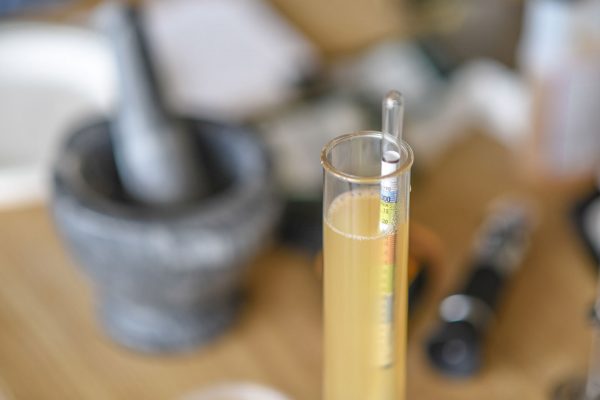
Mash at 152°F (66.7°C). Boil 60 minutes. Start fermentation at 66°F (18.9°C) and raise to 72°F (22.2°C) on day 4. When fermentation is complete, add first dry hop addition and condition for 3 days. Then add the second dry hop…

Mash for 60 minutes at 152°F (66.7°C). Lauter, sparge, and collect wort. Boil 60 minutes, adding hops as indicated. Chill to 66°F (18.9°C), pitch yeast, and ferment until specific gravity stabilizes at or near 1.014 (3.6°P). Bottle or keg with…
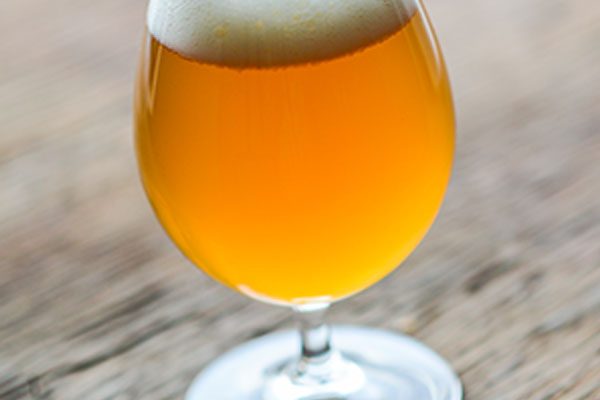
Mash at 158°F (70°C) for 60 minutes. This high mash temperature will leave a relatively high proportion of unfermentable sugars in the finished beer. Lauter, sparge, and collect wort. Filtering might be a problem, so use rice hulls or…
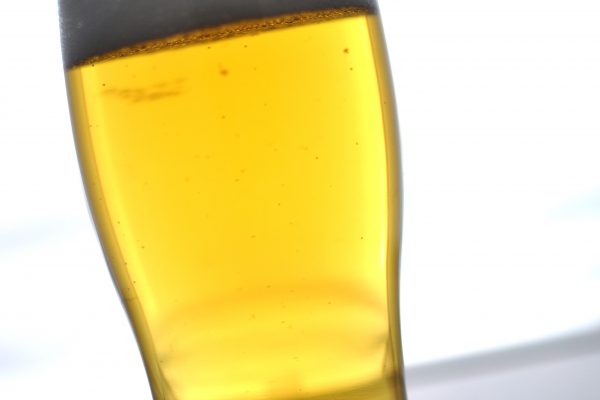
Mash at 152°F (66.7°C) for 60 minutes or until an iodine starch test indicates full conversion. Lauter, sparge, and collect wort. Boil 90 minutes, adding hops as indicated. Chill to 63°F (17.2°C), pitch yeast, and ferment at that temperature until…
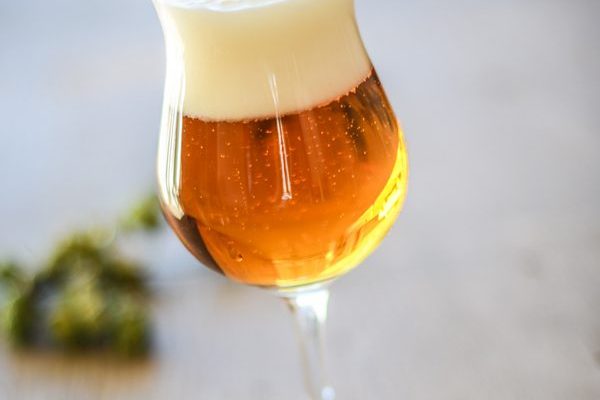
Mash at 152°F (66.7°C) for 60 minutes or until an iodine starch test indicates full conversion. (If you opt for 100 percent Munich malt, the lower diastatic power compared to other base malts may require extra time to complete saccharification.)…

Heat 5 gal. (15.1 L) water to 160–170° F (71.1–76.7°C), add malt extract and steeping grains, and steep 30 minutes. Remove steeping grains and bring to a boil. Boil 30 minutes. Dissolve honey in the wort and add gesho in…
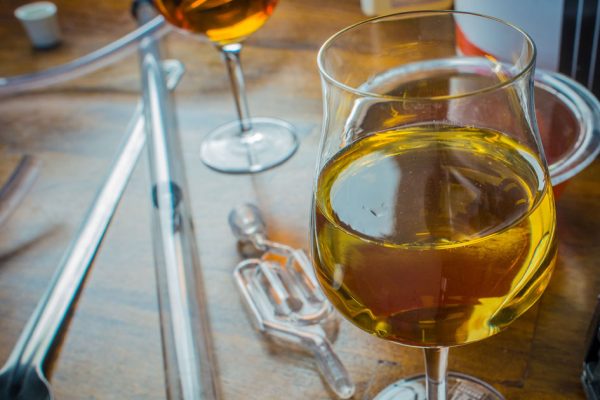
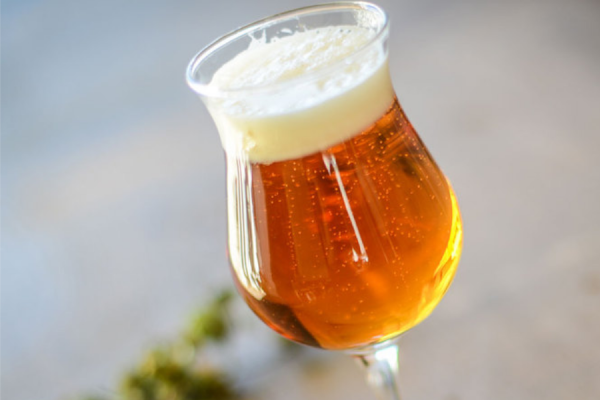
Heat juniper infusion in the kettle. Pour it on the malts. Add new water to the kettle (leaving the same juniper there), then heat that. This is the sparge water. (When Bjørne runs off wort, he tops up with this…
Share Post